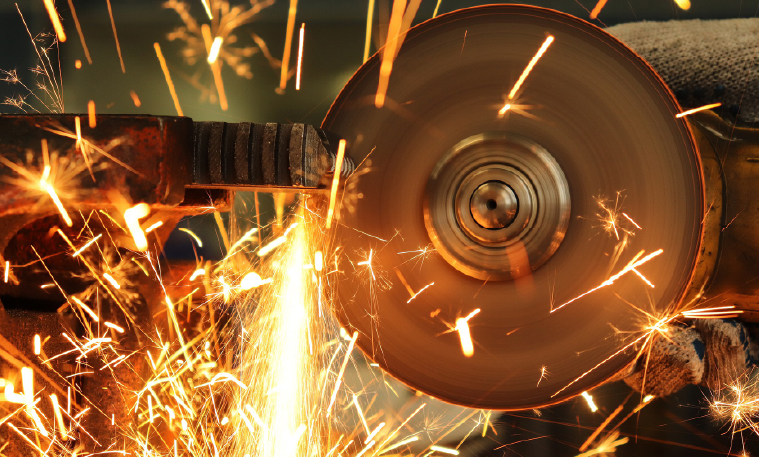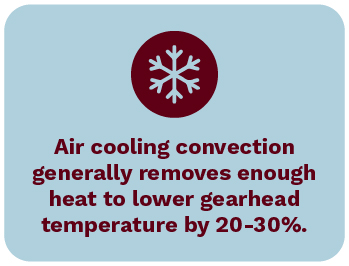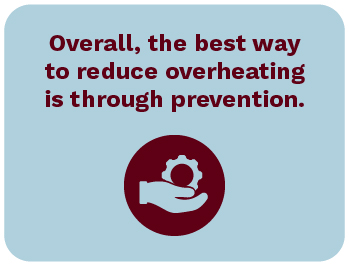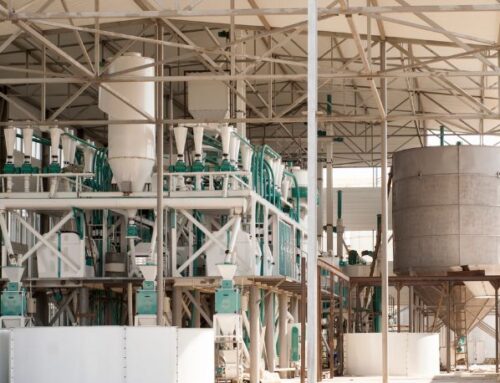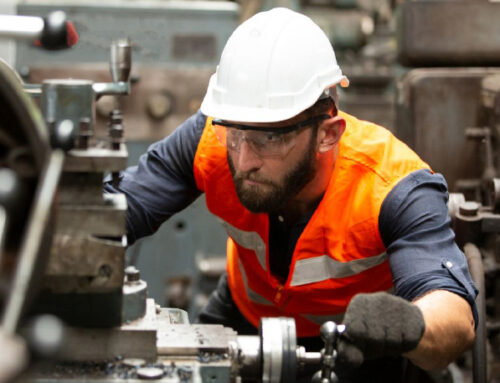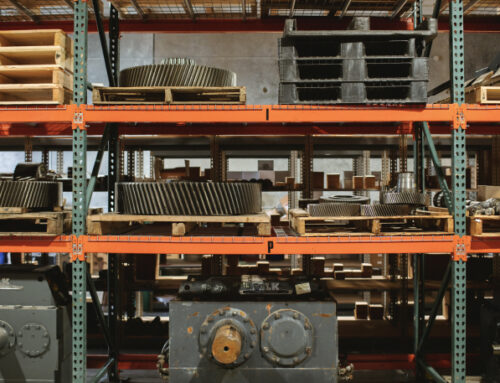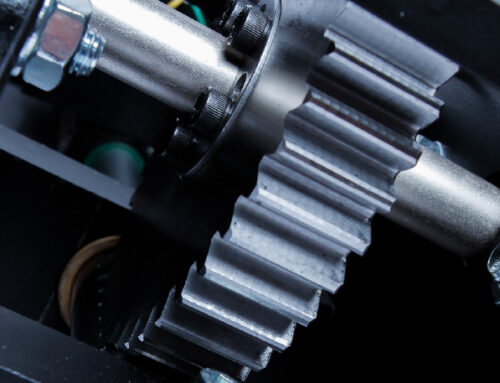Machinery that runs continuously at high speeds often generates very high temperatures. As a result, the heat can lead to the premature failure of gears and bearings. Machinery doesn’t have to be left running 24/7 to overheat. It can also be a problem for equipment that only runs intermittently.
Overheating is a concern for any gearbox running at least 60% of the time at speeds over 3,000 rpm. This means it’s essential to find strategies to keep these machines cool. If the overheating is left unchecked, machinery can be damaged or even left completely unusable.
To completely understand the basics of gear drive cooling, it’s important to know why gear drives overheat in the first place.
Why Do Gear Drives Overheat?
Heat is generated when the gears within the gearbox are submerged in oil and push the oil aside as the gears move. This is similar to the process of a paddlewheel moving through water. The deeper the “paddle” is immersed in the water, and the quicker it paddles, the more friction is created. This is called “churning” and the quicker the churning, the more heat is generated.
If caught early, the excessive heat will only shorten the life of your oil. If overheating is not detected early, it can damage components and eventually cause early gear drive failure.
Options for Cooling Your Gear Drive
If your gearboxes are overheating, reducing the temperature by any means in the short term will alleviate lubrication problems and avoid hot scoring. However, to repair the problem over the long term, the most effective methods of reducing temperatures are duty cycle reduction, heat sinks, air cooling, and water cooling.
Duty Cycle Reduction
Normal duty cycles will usually lead to moderate temperature increases but won’t get hot enough to harm gears and bearings. However, long duty cycles mean run times increase, leading to higher temperatures sustained over an extended period of time, which causes excessive component wear.
If the application allows for it, simply shortening the duty cycle is a quick and easy way to reduce the temperature. Breaking a long cycle into two or three shorter ones with intermittent rest periods will allow the gearbox time to cool down before beginning the next load cycle.
Heat Sinks
If shortening the duty cycle is not an option, an aluminum heat sink may be necessary. It can reduce the temperature of a gearbox by 5-10%. The addition of a cooling fan can drop the overall temperature by an additional 30-40%. To use the fans most effectively, it is necessary to orient them so that they blow air directly onto the heat sink.
Because of its high coefficient of thermal conductivity, using aluminum supports or mounting tables is a way to conduct heat away from the gearbox. For example, a gearbox mounted on an aluminum table typically runs about 10% cooler than one mounted on another material. In addition, attaching a metal flange to the gear housing will dissipate additional heat.
Air Cooling
When a duty cycle can’t be shortened, and time and space limitations exclude heat sinks, an air cooling system might be your best option.
Air cooling convection generally removes enough heat to lower gearhead temperature by 20-30%. There are special considerations when dealing with an attached motor and gearhead, such as a servo application. The motor and gearhead must be cooled separately, and not with the same fan. The motor fan must be positioned to avoid blowing heat from the motor onto the gearhead. This method works well for any system with heavy loading or long duty cycles.
Servo Applications
The motor and gearhead are joined via an adapter in many servo applications. This adapter is typically an aluminum block housing, a floating bearing, and input shaft seal. As the motor and gearhead generate heat, this block absorbs and transfers heat between the motor and gearhead.
There are two ways to dissipate the combined heat. You can thin and vent the adapter or install an internal fan.
Thinning and venting the adapter:
Adapters are usually thick and provide only enough clearance to accommodate the mounting. Thinning is done by reducing its mass by enlarging the opening.
After this is completed, cutting vent slots through the sides will reduce temperatures. Keep in mind, this does expose the shaft seal to environmental contaminants.
Installing an internal fan:
Operating at the motor output speed, the fan forces air across the inner walls of the adapter and the seal and out through the vents. This airflow dramatically reduces operating temperature.
The significant advantage of these methods is that they co-occur within the adapter. This means they are the same size as a basic motor-gearhead assembly and work really well in confined spaces.
Water Cooling
Water cooling is often used for harsh loading or long duty cycles, especially in large systems where the cost of operating a cooling system is significantly less than the cost of downtime.
The method of water cooling includes a water jacket which is installed around the gear housing. Room temperature water is then pumped through the jacket and around the housing at about 1.5 gal/min which reduces the temperature of the gearbox by 35-45%.
Prevention is Best
Overall, the best way to reduce overheating is through prevention. To effectively reduce downtime caused by overheating, maintaining a regular repair schedule is the best option. In addition, having the right surplus parts on hand can help effectively reduce downtime, keep operations moving, and save you money.
We Supply Quality Falk Gearboxes, Surplus Gear Reducers & More
Industrial gearboxes provide the power many industries rely on to meet the needs of their application and continue without extended downtime. A quality Falk surplus gearbox can allow you to minimize energy costs by using smaller motors and drives, no matter what industry you are working in.
Not only does NW Industrial Sales, LLC have the parts you need, we also partner with Rexnord’s Industrial Services division. Together, we have access to a vast network of part and product manufacturers. As a result, we can also quickly and expertly provide our clients with the industrial services they need.
It is this expertise and industry knowledge that is the cornerstone of NW Industrial Sales, LLC. Whether you’re looking for an obsolete part for your application or want to increase efficiency with a new product, we have you covered.
We are available 24 hours, seven days a week to connect you with an industry expert who can customize a solution to your needs.
